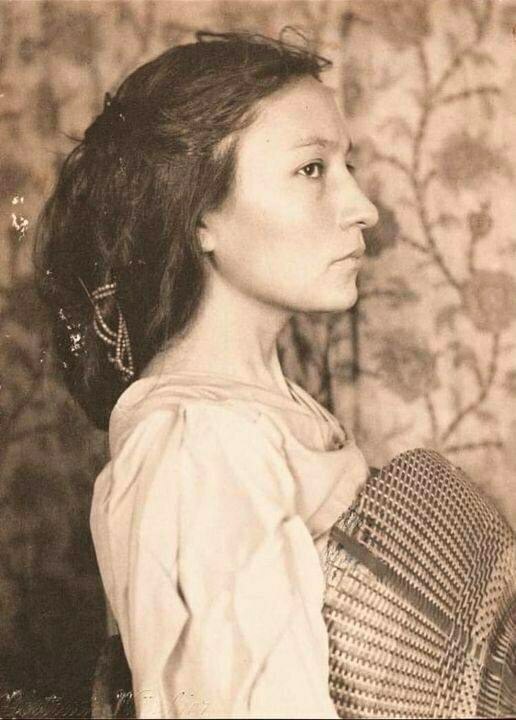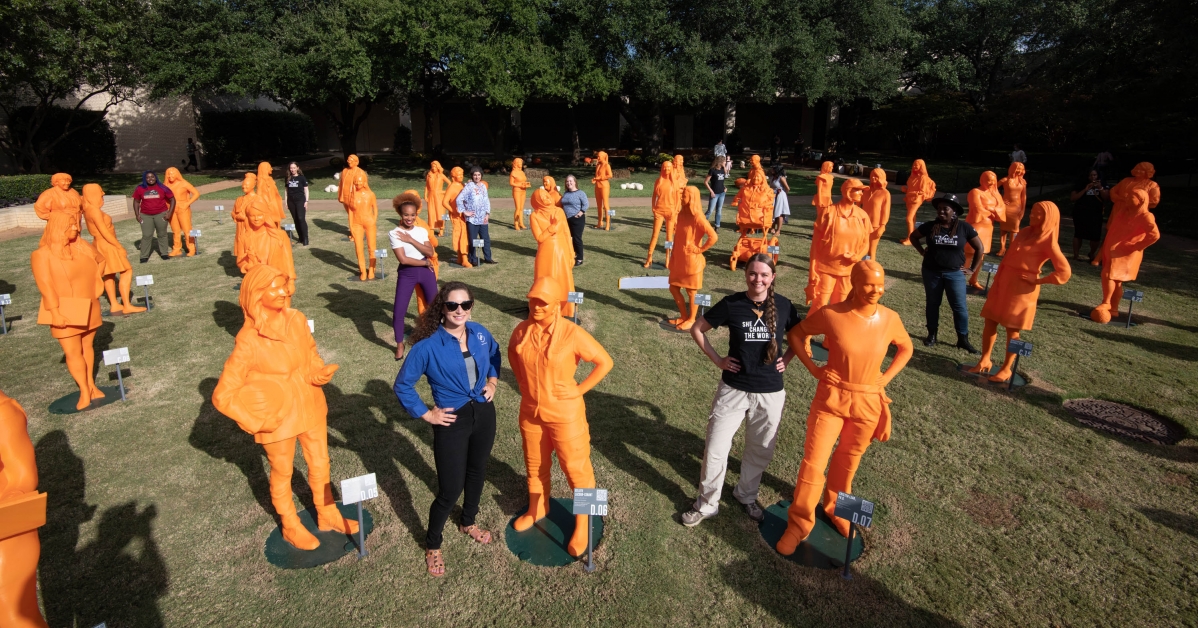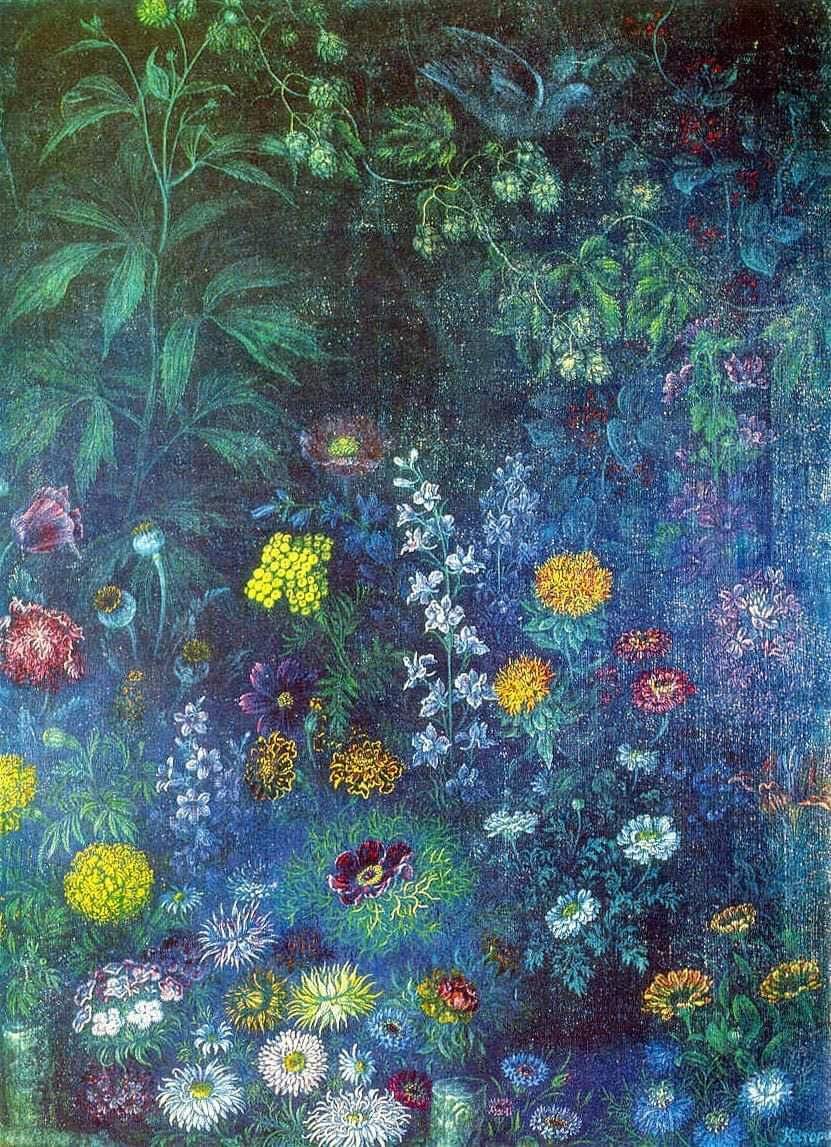Laura Ingalls Wilder: "From wagon to plane"
“I realized that I had seen and lived it all— all the successive phases of the frontier . . . I represented a whole period of American history.”- Laura Ingalls Wilder
Laura Ingalls Wilder was born in 1867 in Wisconsin, and died in 1957 in Missouri. Known for her books, Wilder saw the explosion of travel in her lifetime.
As a young girl, she and her family traveled by covered wagon to Minnesota, Kansas, Iowa, Missouri, Indian Territory, and the Dakota Territory. When she was born, transcontinental travel by train was just coming about, and many still used wagons to move. However, as train travel became cheaper, she utilized it to settle in a new town.
In 1908, the Model T came into existence, and its cheap cost soon made travel by car accessible to all. Laura Ingalls Wilder, who lived much of her life in Missouri, took the family car for long drives to get off their farm. The modernization of airplanes and their more frequent use for public air travel allowed Laura Ingalls to take an airplane ride to California to visit her daughter and to view the Pacific Ocean.
Laura Ingalls Wilder’s Little House book series were not published until she was in her sixties, and her daughter, Rose, helped her. Her books have been read by people everywhere. Her life travels exemplify the unique and rapid growth of transportation. From traveling weeks in a wagon as a young girl to flying across the country in a few short hours, she was one of many to experience the growth of America to new frontiers and the end of the Wild West.
From Hidden History:
https://en.wikipedia.org/wiki/Laura_Ingalls_Wilder
#lauraingallswilder #littlehouseontheprairie #WomensHistoryMonth #herstorymatters Laura Ingalls Wilder Historic Home and Museum Laura Ingalls Wilder Museum Laura Ingalls Wilder Museum, Pepin Wisconsin










